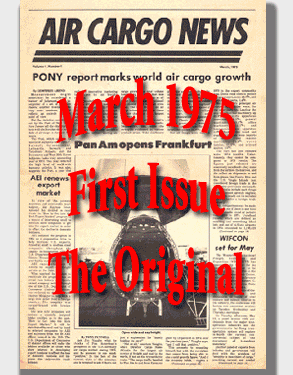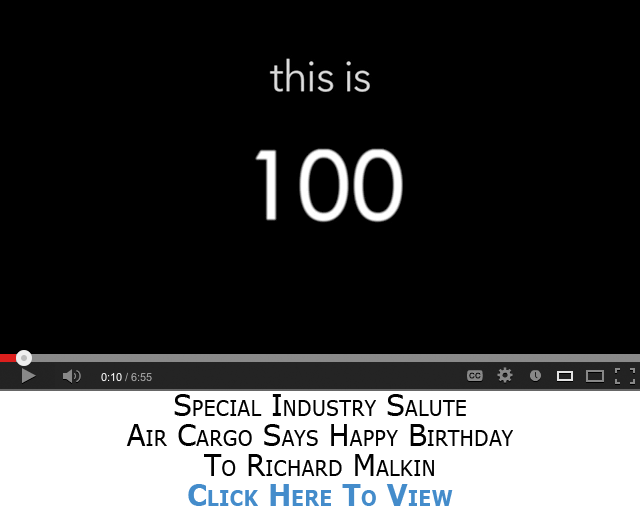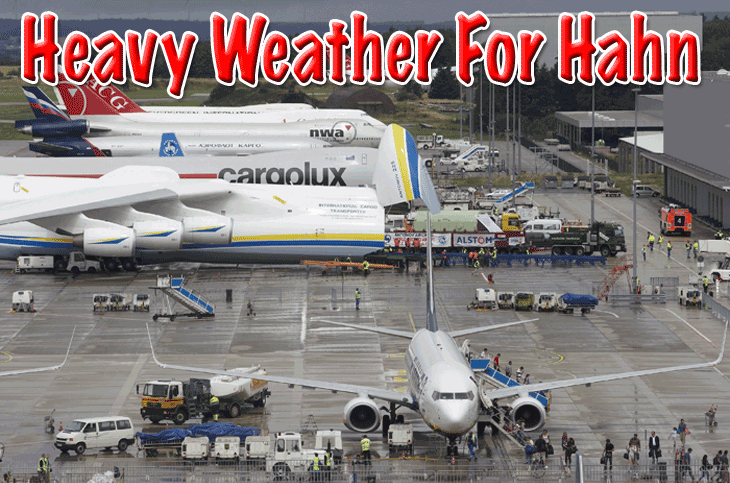
 ahn
Airport (HHN) has been attempting to position itself as a viable alternative
to Germany’s Mega-Hub Frankfurt Rhein-Main for years; now, it’s
in a business free-fall, as it struggles to remain attractive for cargo,
legacy, and LCC carriers alike. ahn
Airport (HHN) has been attempting to position itself as a viable alternative
to Germany’s Mega-Hub Frankfurt Rhein-Main for years; now, it’s
in a business free-fall, as it struggles to remain attractive for cargo,
legacy, and LCC carriers alike.
Hahn looked like it would have a breakout chance after the German Federal
Administrative Court edict of April 4th, 2012, which imposed a night curfew
between 11pm and 5am at FRA Cargo.
Hahn offered to handle flights for Lufthansa
Cargo & the forwarder community—an offer that was firmly and
politely rejected by both sides.
In 2013 Hahn Airport (ICAO: EDFH, IATA:
HHN) celebrates 20 years since the former US military airfield went commercial.
The airport has travelled a rocky road.
Located about 125 km/78 miles from Frankfurt
Rhein-Main, and without direct highway access, road feeder services operations
are a time consuming and costly ordeal.
The owners of “The Hahn” include
shareholders, the state of Rhineland-Palatine (82.5 percent), and the
state of Hesse (17.5 percent).

In 2009 former major shareholder FRA (65
percent) disputed the viability of continuous subsidies for LCC operations
such as Ryanair and sold off its 65 percent share to the state of Rhineland-Palatine—for
one symbolic Euro.
Apparently, the number crunchers at FRAPORT
considered it cheaper and less of a business risk to write off their investment
in HHN instead of acquiescing to the demands of former Rhineland-Palatine
MP Kurt Beck, who personally intervened
on behalf of Ryanair and stopped a proposed hike in handling charges.
Indeed, HHN’s limited success was
based on two pillars: LCC operations by Ryanair and all-cargo operations
of carriers who either could not get slots at congested FRA or felt that
they could do without the interconnectivity at FRA.

Aeroflot Cargo used HHN as their HUB for
Europe, calling initially with DC10-30Fs, which were replaced with MD11Fs;
at times, it accounted for as much as 60 percent of the airport’s
cargo business.
Effective July 16th, 2013, all SU operations
at HHN ceased due to all-cargo operations considered unviable by the SU
board.
Since then SU MD11Fs have been parked in
the Mojave Desert.

Aeroflot Cargo came as quite a blow to HHN,
which had just seen the sharp demise of its only home carrier, Air Cargo
Germany.
As FT has reported, ACG went out
of business on April 19th, 2013, after the German CAA suspended ACG’s
AOC.
Although ACG had already transferred the
larger part of its operations to FRA in order to explore synergies with
49 percent shareholder Air Bridge Cargo, HHN airport still converted a
5 million handling fee debt owed by ACG into an unsecured loan to ACG
(which has since been written off entirely).

Backing up a bit to December 2012, Etihad
Cargo, who served HHN with four weekly A301F flights, had moved operations
to FRA, citing better interconnectivity, better infrastructure, and concentration
of business.
Likewise, Qatar Airways just recently announced
on October 27th, 2013, they will suspend their thrice-weekly A330-220F
operations at HHN and move the entire cargo business to FRA, effective
with the winter schedule, while “substantially increasing”
the number of cargo flights from there, as far as slot restrictions will
allow.
Another HHN cargo customer since the early
days, Air France Cargo has never operated flights into HHN but merely
uses HHN as a less expensive transit and consolidation hub to avoid the
higher handling charges in FRA.
A picture used in HHN’s marketing
brochure (available online) is quite revealing.
Out of the six freighters pictured in “a
typical handling day,” one operator (ACG) no longer exists, two
(Aeroflot and Qatar) have left HHN, and Evergreen (also now gone), National,
and Atlas Air do not operate scheduled services.
Sadly, statistics available on HHN’s
cargo website touting ongoing success and business expansion ended in
2011, a year when HHN handled 296.416t.
Last year HHN experienced a 28 percent decline
in cargo business, with 207.520t handled.

Ryanair, the LCC operator who had at times
based up to 11 aircraft at HHN and was wooed by the HHN management with
substantial incentives, marketing subsidies, and specifically tailored
handling charges, cut back its services from HHN by 30 percent in 2011,
following the introduction of the German Federal Air Passenger Tax.
While HHN handled 4,015,155 passengers at
its peak in 2007 and 3,493,629 passengers in 2010 prior to Ryanair’s
reduction of services, in 2011 HHN could attract no more than 2,894,363
passengers and 2012 reduced this number even more to 2,791,185.

Given the fact that applicable EC directives
forbid the practice of subsidizing regional airports by provincial and
federal governments and that HHN is continuously turning out losses, its
future remains quite unclear.
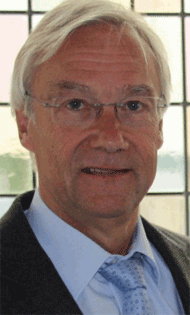 While one would assume that the airport’s
management would focus on the not trivial issue of weathering these storms,
it seems that handling internal struggles prevail:
While one would assume that the airport’s
management would focus on the not trivial issue of weathering these storms,
it seems that handling internal struggles prevail:
On September 2nd, 2013, chairman of the
HHN board Hans Endler released one of the two Managing Directors, Heinz
Rethage, (left) from all responsibilities as part of an investigation
group tasked with clarifying accusations of mismanagement and possible
bribery in the airport’s past.
When German daily “Rhein-Zeitung”
asked for the background of this decision, HHN spokeswoman Bianca Waters
said that she did not have any background information.
In the meantime, the second MD, Wolfgang
Pollety, was released from all duties and will apparently take over a
position at Hamburg Airport.
The turnaround and savings plan envisioned
by MD Rethage obviously failed to get approval from the board, which is
not surprising given that the shareholders certainly have no interest
in investigating the recent and not-so-recent meddling of provincial politics
with the airport’s management.
Hans-Josef Bracht, Conservative Rhineland-Palatine
MP and member of the HHN supervisory board surprisingly announced his
resignation on September 3rd, alleging a “serious breach of trust”
on the side of the political stakeholders.
When speaking to German daily Mainzer
Allgemeine Zeitung Bracht claimed the state of Rhineland-Palatine
has made managerial decisions without prior consultations with the supervisory
board.
He went on to say, “since FRAPORT
has dropped out in 2009, no notable achievements have been made.”
While these allegations prompted the conservative
CDU to request a special meeting of the Rhineland-Palatine commission
for interior, trade, commerce, and financial matters, the Rhineland-Palatine
Minister for Trade and Commerce, Eveline Lemke called for imposing stricter
rules in regard to airport operators’ corruption.
She called it “totally incomprehensive”
that no such measures have yet been implemented; “(those mandatory
measures) must receive priority in order to secure the future of (Hahn)
airport.”
One may however doubt the sincerity of the
political stakeholder’s lip service paid to clarifying allegations
of graft and corruption.
The Taxpayer’s Association of Rhineland-Palatine
has sued HHN airport management to provide background information about
ACG’s handling fee debts being converted into an unsecured loan,
which MP Heinz Rethage has refused in the past.
Related inquiries from FT on that
topic also went unanswered by HHN management, contrary to the applicable
Rhineland-Palatine freedom of press act.

In the meantime, the Rhineland-Palatine
2014-2015 budget draft calls for additional subsidies of 9.5 million Euros
and an additional “declaration of commitment”— basically
a state-backed loan guarantee—of 47 million Euros for the timeframe
2016 to 2018.
It seems that low-cost operations in Germany
will continue at steep prices to the taxpayer.
Jens
|




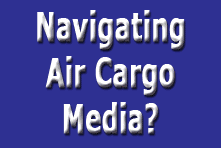
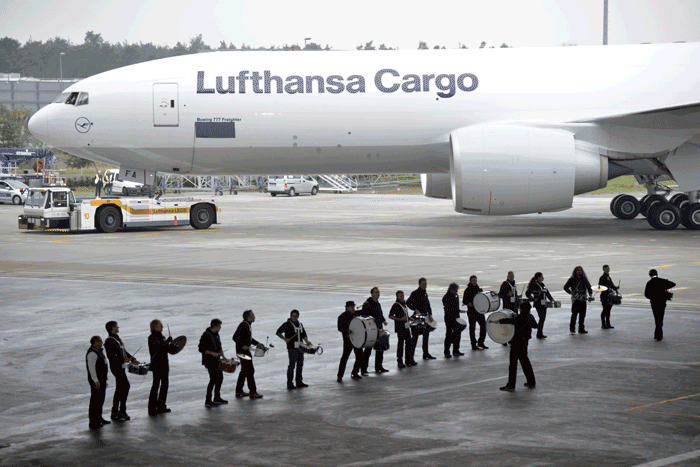
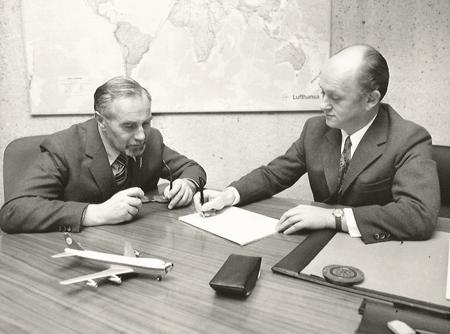 Much more pomp and circumstance perhaps than after April 19, 1972, when
Siegfried Köhler, (in photo right) the father of Lufthansa’s
trailblazing B747 freighter, sat down with pioneer cargo journalist Siegfried
Zantke (See Story below) when the very first B747F made history linking
an all-cargo service between Frankfurt and New York City (JFK).
Much more pomp and circumstance perhaps than after April 19, 1972, when
Siegfried Köhler, (in photo right) the father of Lufthansa’s
trailblazing B747 freighter, sat down with pioneer cargo journalist Siegfried
Zantke (See Story below) when the very first B747F made history linking
an all-cargo service between Frankfurt and New York City (JFK).